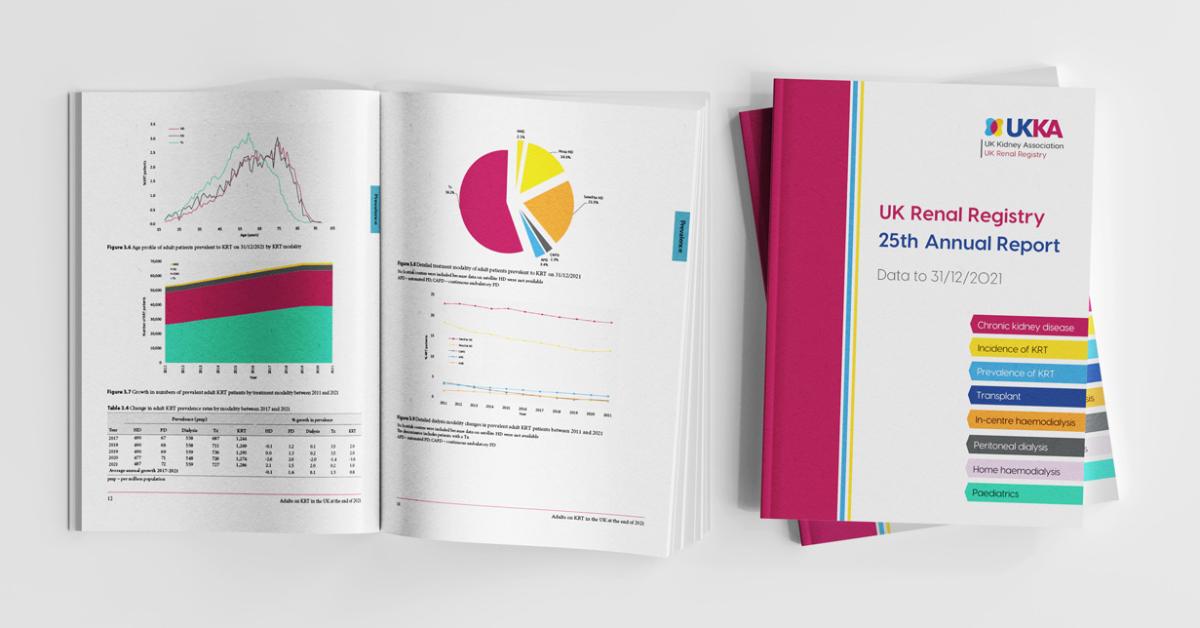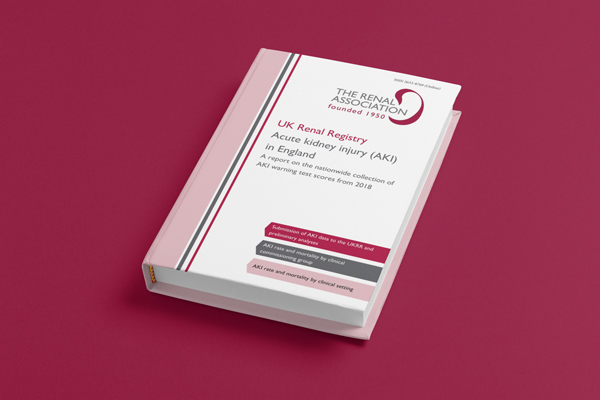John Hodson – known to all as ‘Hoddie’ – was one of the outstanding original thinkers in British diagnostic radiology. He will be remembered by those who trained under him as a fine clinical radiologist, and as a stimulating and exciting teacher whose highly original mind was a constant source of inspiration. Even early in his career he would turn down requests for examinations if he thought they would not affect patient management. As a chief he was encouraging and supportive and those who worked with him could not fail to recognize his keen, inquiring mind and his readiness to welcome any intellectual challenge, but as an inveterate researcher he had little patience with clinicians who tended to overlook the research implications of the cases they dealt with routinely. Yet, as they came to know him, they found that his personal charm would temper his somewhat scathing comments, which could be infuriating, although some time might pass before they realized that they had worked for one of the few really original thinkers in radiology.
‘Hoddie’ was born at Blackheath, where his father was a general practitioner, and educated at Eastbourne College and St Mary’s Hospital. After house appointments at St Mary’s, St Giles Hospital Camberwell, and the Brompton Hospital, and a brief period as medical registrar at Harefield Hospital, he gained his DMRE in 1941 and joined the RAMC the following year as a specialist radiologist. He served in Algeria, Tunisia, Sicily, Italy and Greece. Once, on arrival at Bougie with the invasion forces, his ship was sunk but he was able, after some fine emergency work, to set up his X-ray plant in the grounds of a vineyard. He was mentioned in despatches in 1944.
After demobilization in 1947 he was appointed radiologist to the Queen Elizabeth Hospital for Children, Hackney. The following year he became deputy director of the department of radiology at University College Hospital and in 1960 succeeded Cochrane Shanks [Munk’s Roll, Vol.VII,p.527] as director. He was also consulting radiologist to the Queen Alexandra Military Hospital from 1948-70.
After 22 years at UCH, personal and professional frustrations made the offer of a professorship in Newfoundland attractive, and in 1970 he was appointed first professor of radiology to the Memorial University of Newfoundland, where he worked until 1975. He then became professor of uroradiology at the school of medicine of Yale University and held this post until his retirement in 1984. He was secretary and vice-president of the Faculty of Radiologists, Baker travelling professor of the Royal Australasian College of Radiology, William Julius Mickie fellow of the University of London, fellow of the Royal Society of Medicine and a member of the Renal Association, the Thoracic Society, the British Paediatric Association, the Harveian Society and the Medical Society of London. He contributed many original publications and chapters in books, and participated in numerous national and international meetings.
Few radiologists have had so great an influence both within and outside their specialty. The terms ‘chronic pyelonephritis’, ‘pyelonephritic scar’ and, later, ‘reflux nephropathy’ and ‘postobstructive atrophy’ were all either coined or brought into everyday use by him. He made radiologists aware of the importance of measuring renal lengths and of serial measurements in detecting children whose kidneys were not responding to treatment for infection. Quite apart from his impressive research achievements, he was often consulted by eminent colleagues when they had a difficult or abstruse clinical problem that included possible kidney involvement. Although he is especially remembered for his renal work, he made contributions in other fields: he was one of the first radiologists to stress the blurring of the cardiac and diaphragmatic contours in detecting and localizing chest consolidation – which later became known as the silhouette sign. He also did early work on the significance of bronchial wall thickening, particularly in asthmatics. In the field of urinary tract radiology his dominating interest was in the process of scarring in kidneys. By drawing attention to the fact that the relationship between the renal outline and the calices was the key to interpreting the urogram he widened its scope to permit the detection of a whole range of parenchymal disease processes. In so doing he laid the foundations of modern radiology of the urinary tract and became one of its foremost figures. His work with David Edwards on the relation between vesicoureteric reflux and renal scarring fundamentally altered the approach to the investigation of children with urinary tract infection. It also led to his work with Rolleston, Maling and others, which established the importance of intrarenal reflux as the underlying mechanism for localized renal scarring in vesicoureteric reflux. His strong conviction that reflux could produce this damage in the absence of infection led to his continued research interest in this field throughout his life.
In Newfoundland, ‘Hoddie’ quickly developed a superb research programme, with major help from the Canadian Research Council. He concentrated at first on the study of urinary reflux as a cause of pyelonephritis in pigs while simultaneously working with paediatric nephrologists and urologists to confirm his suspicion that a similar condition existed in children. His subsequent work at Yale, where he had increased research opportunities, was to be recognized by a lecture named after him, and by a memorial plaque in the library.
‘Hoddie’ always loved challenges – physical or intellectual. He loved rugger and overland skiing. For many years he owned a boat, The Galloping Bully, sailing off the coasts of Britain, Newfoundland and the USA; his last trip being to the Virgin Islands in 1985. In Newfoundland the boat’s temperamental engine became part of the local lore. He was a born mimic and an entertaining raconteur. A man of many talents, he could turn his hand to anything and do it well. He was an amateur singer of some repute, and a skilled painter. Although he had many friends he was at heart a loner; in a rugged exterior there lived a romantic whose dreams found some satisfaction in his watercolour paintings of sea and hills, and in a profound love of the countryside. He was married for a few years and his only child became the centre of his life.
He was looking forward to retiring and returning to England, planning to stimulate others to continue research work on kidney function, when in April 1985 he diagnosed his own serious condition. Despite rapidly progressing ill health he continued to work, while his son Ian helped him to settle his affairs in the USA and return to England. He spent a peaceful last month at home below his beloved Sussex Downs. RL/IM/HS



